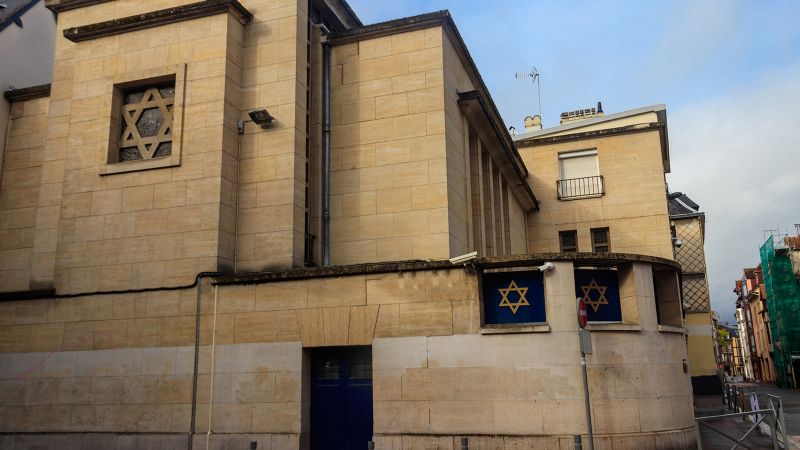Notre Dame is expected to reopen on Dec. 8 for the first time since the blaze, which also damaged its roof and some of its vaults. It is not clear what sparked the fire, though an initial 2019 investigation suggested it may have been caused by an electrical malfunction during a renovation.
French President Emmanuel Macron celebrated the development, writing on social media, “She appears once again in the sky! French pride.”
Jennifer Feltman, a medieval art historian at the University of Alabama who is part of an official team studying Notre Dame as it’s restored, said in a phone interview that the unveiling was “just remarkable.” “For them to be at this point has required a great deal of dedication,” she said.
The inferno left a cathedral-shaped-hole in the Paris skyline and a void in the history and hearts of the city. In the spire’s rebirth, many have found joy in something lost being returned — but not everyone. The unveiling also marks the epilogue of a fierce debate over how to restore the famous structure. For some, re-creating the 19th-century spire was essential; while for others, mimicking history risked writing ourselves — and our 21st-century design sensibilities — out of it.
The new construction is largely a re-creation. On its website, Friends of Notre Dame, a nonprofit raising money to rebuild the cathedral, describes the spire as “identical in appearance, materials (oak framework covered with lead), and construction methods used” to the previous one. The golden rooster is an exception, having been reimagined in the style of a phoenix with flaming wings by the chief architect of the reconstruction, Philippe Villeneuve. Another rooster stood atop the spire previously; the bird is considered an emblem of France.
Notre Dame’s spire has seen several chapters in its roughly 800-year history. The original spire, built around 1250, was used as a bell tower in the 1600s and removed in the late 1700s because it risked collapsing from decay. For decades, the cathedral remained spireless. Then, in the mid-19th century, architect Eugène Emmanuel Viollet-le-Duc designed a new spire, which stood until the fire.
Meredith Cohen, a medieval architecture historian at UCLA, praised those responsible for the restoration for their transparency and documentation. But she said by phone that she feels “a little bit ambivalent” about the reveal.
Although building began in 1163, Notre Dame wasn’t considered mostly complete until 1345, and many additions and changes followed. As the cathedral was constructed, builders added elements and repairs in the style of their time, Cohen noted. So paradoxically, “if we were taking a medieval approach to this medieval building, we would repair it in the style of our day,” she said.
Cohen acknowledges that the public might want to see the beloved 19th-century spire return, but it can’t. This is “just a spire built in the 21st century to look like a 19th-century spire,” she said. “It’s toying with history a little bit and not being visually transparent.”
Cohen is not alone in this view. Many modern takes on the spire were proposed, though not all were serious, and at one point, the approach was suggested by Macron. But Villeneuve, the reconstruction’s lead architect, said he would rather resign than permit a modern spire, The Post reported.
Feltman, the Alabama professor, said modern technology allowed the architects to reconstruct the spire with such fidelity. She points to “incredibly precise documentation” from digital scans. “Even in re-creating the 19th century, we are implicitly creating something contemporary,” she said.
There is something medieval about the drama of watching the cathedral come together, Feltman added. “I think we’re getting a little bit of insight into a part of the past that not many people get to have anymore,” and for many, this week’s reveal was a high point.

David Turner is a globe-trotting journalist who brings a global perspective to our readers. With a commitment to shedding light on international events, he explores complex geopolitical issues, offering a nuanced view of the world’s most pressing challenges.








